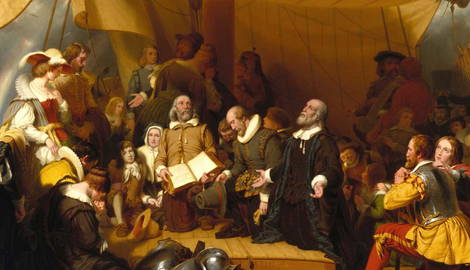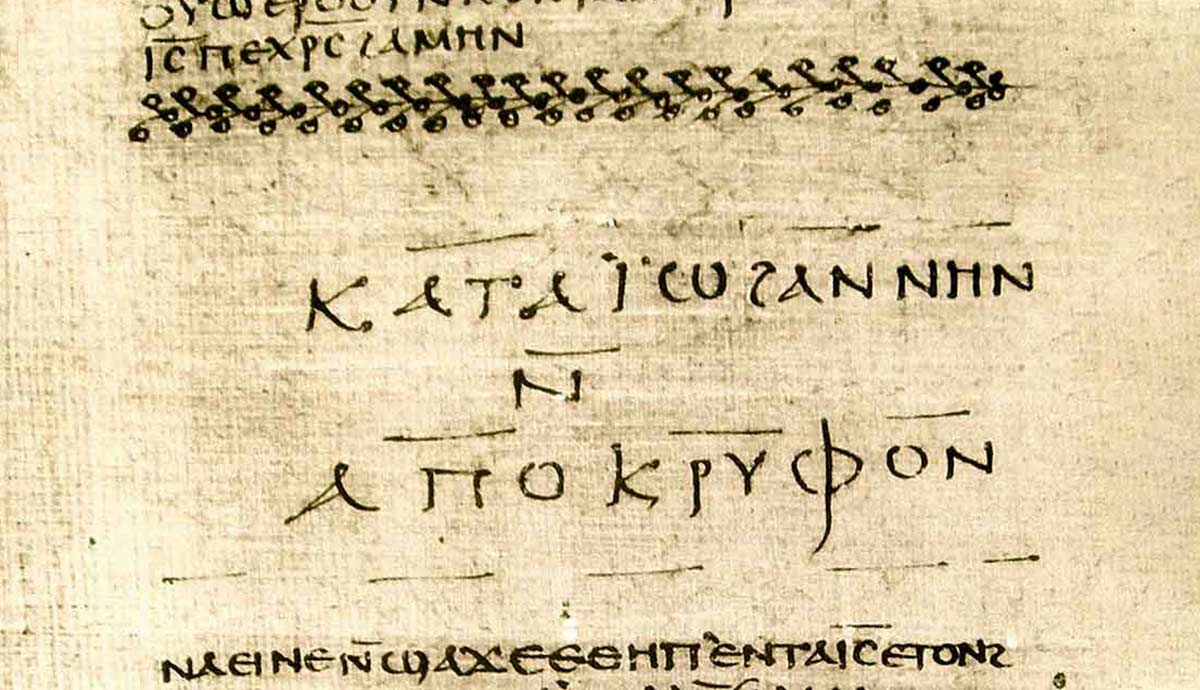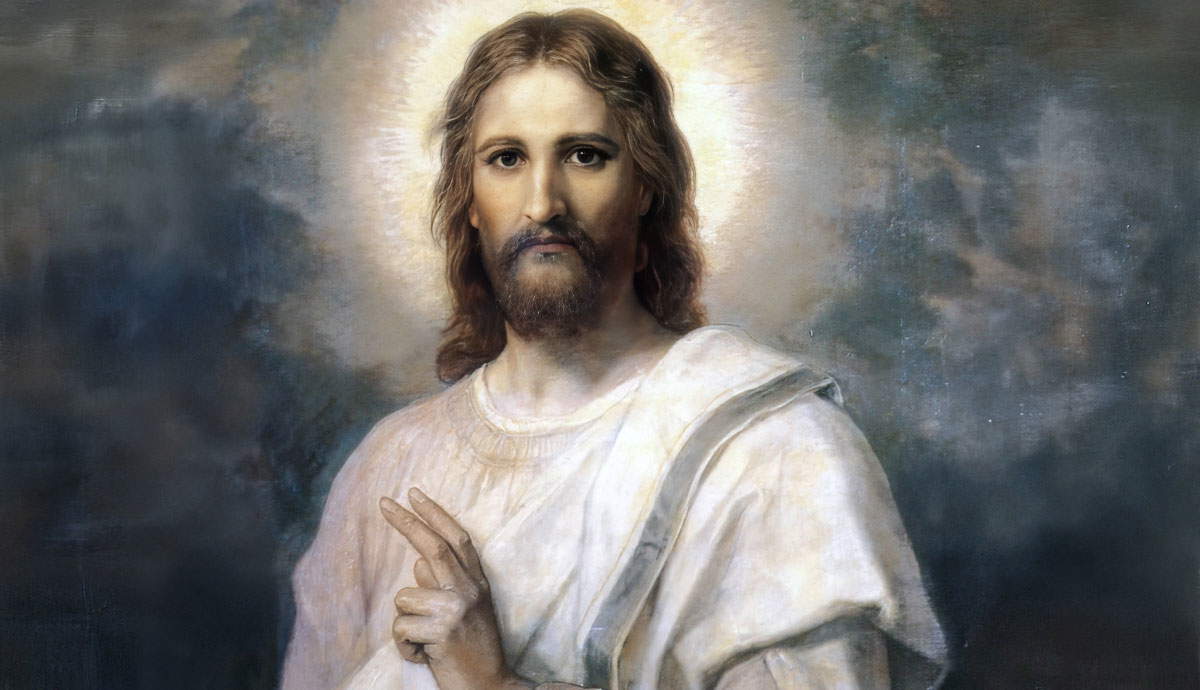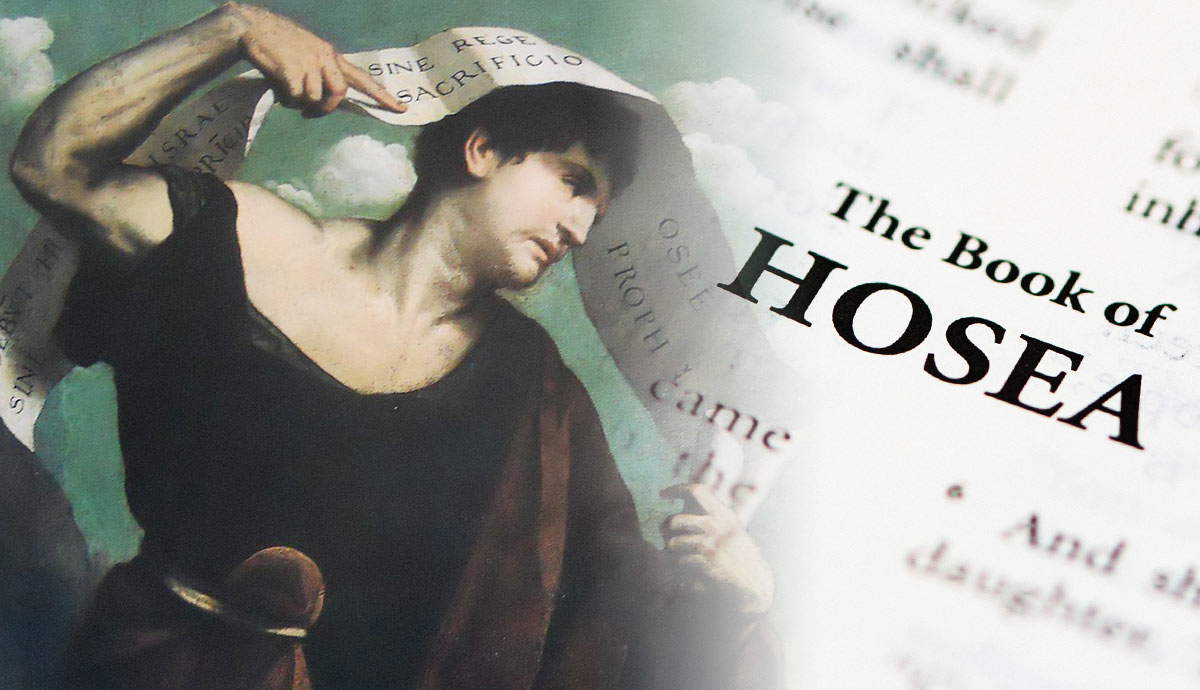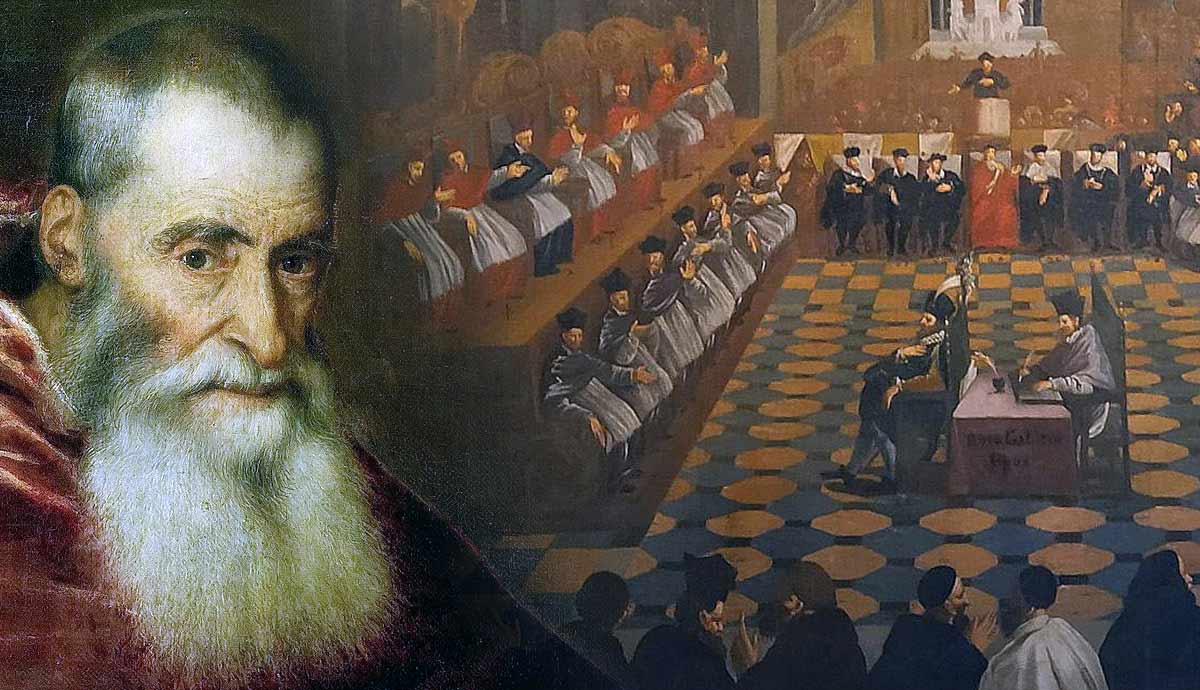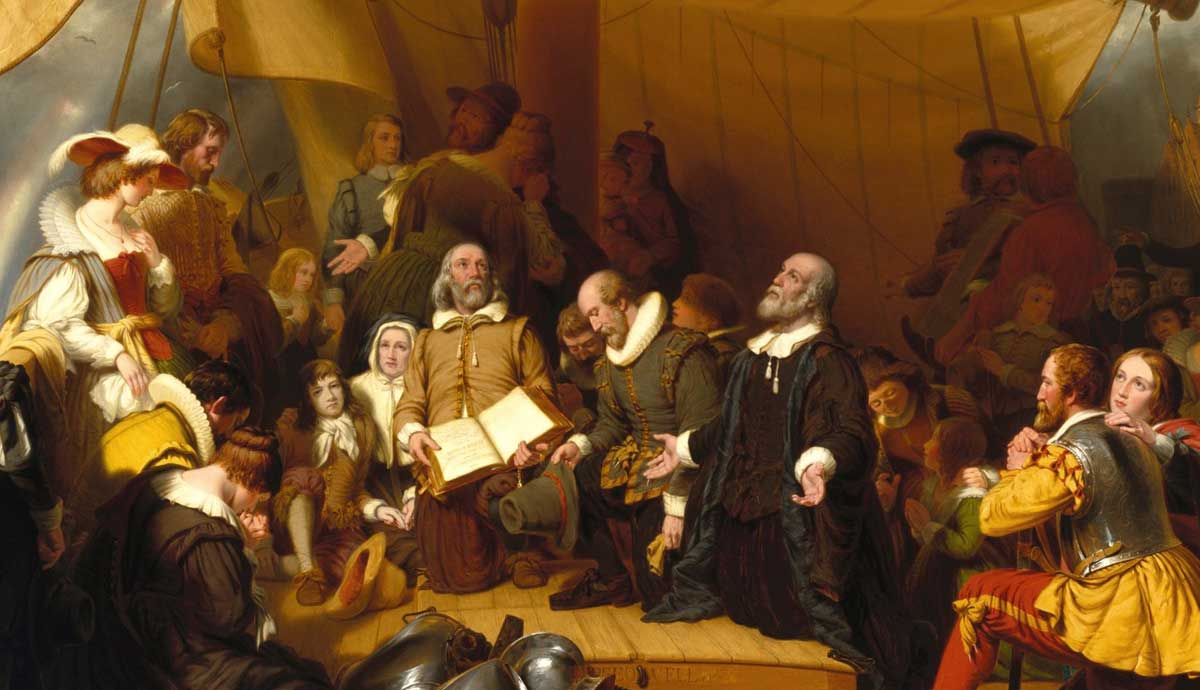
The Pilgrims were Separatists, believing that the church should be separate from the English crown. Their view was a more “extreme” view of Puritanism. Puritanism was a view that the Church of England needed to be “purified,” meaning that the trappings and ceremonies of Roman Catholicism needed to be removed from the churches and Christian life in general within England. The separatists also tended to be Congregationalists, which meant they believe that local churches should make their decisions by common vote, not by rule of selected elders, nor by any hierarchy outside the local church. Most of the Separatist views put them at odds even with regular Puritans, and the Separatists were unable to worship in churches as they saw fit.
Why Did the Pilgrims Travel to the So-called ‘New World’?

Put simply, they could not find anywhere else to go. Freedom of Religion was rare – many countries, even if Protestant, still did not have what we commonly call separation of Church and State. Local churches still had state sponsorship or approval, and the structures of those churches were set in place many times by civic laws. In England, church attendance was mandatory, with fines levied against those who failed to attend. Due to these constraints, the Pilgrims had moved to Leiden, Holland around 1607, one of the few places they could practice their religion freely. After some time, they found that their children were more adapting to the local culture than their own, and the adults were having difficulty with the language and making a living.
How Did the Pilgrims Get to America?

In 1619, two of these Pilgrims, Robert Cushman and John Carver, applied to the London Company for a land patent. The London Company had been granted the ability to administer territory in the areas of the so-called ‘New World’ claimed by England, and the men were granted permission, though there would be legal issues regarding the charter.
Through various logistical headaches, as well as some religious issues crossed with politics that were a smaller part of the religious tensions in England and Scotland at the time, the Pilgrims finally procured their passage on two ships, the Speedwell and the Mayflower. The Speedwell was an incapable ship, and could only make the voyage as far as Devon, in southwestern England. Its passengers would consolidate onto the Mayflower there and continue their voyage.
What Happened During and After Their Voyage?

102 members continued the voyage, most of them either Separatist Pilgrims or their servants. The others who were non-Separatist were called “strangers” by the separatists, and most were on the voyage for economic opportunity. The Mayflower anchored initially in Provincetown Harbor, near Cape Cod. After exploring various sites, they finally settled on a cleared area that previously had a native village which was abandoned. It was in this location that the Pilgrims landed, began their settlement, and where the Plymouth Rock legend was born.
The area in which the Pilgrims settled was outside of the Hudson Bay area which was administered by the London Company, and several believed they were freer to do as they desired. Realizing they were not in the jurisdiction which they had originally intended, and unable to proceed to Hudson Bay, they wrote the Mayflower Compact, a basic document of cooperation which they signed.
How Did the First Thanksgiving Come About?

The Pilgrims endured extensive hardships in their first year. A harsh winter, disease, inability to grow crops well, and poor cooperation all contributed to what was almost a failure. By summer of 1621, 50 of the 102 passengers who had set out had died. With assistance from local Native American tribes, including Squanto, who had lived among Europeans before returning to the so-called ‘New World’, the Pilgrims were able to produce a good harvest, and celebrated with the neighboring Wampanoag tribe. Making it through that first harsh year, they were able to not only survive, but thrive as a community and become an integral part of American history.
